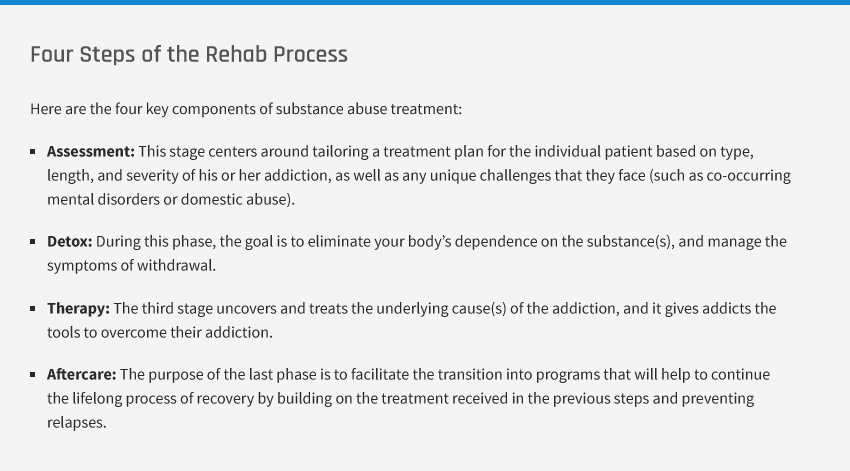The rehabilitation process usually starts with an initial detoxification period in which the individual is given time to eliminate antidepressants from his or her body. Antidepressants have half-lives ranging from five hours (serotonin and norepinephrine reuptake inhibitors) to six days (selective serotonin reuptake inhibitors), which means about half of the substance is eliminated from the user’s body during this timeframe. For an individual in need of treatment for SSRI addiction, the initial detoxification period may last as long as 12 days. Individuals addicted to SNRIs or tricyclic antidepressants can expect the initial detoxification period to last for anywhere from 10 hours to two days, although it may last longer in chronic users.
Any withdrawal symptoms that last for more than two weeks are known as post-acute withdrawal symptoms. How long these symptoms last depends on several factors, such as the individual’s medical history and how long the individual has been using antidepressants. Post-acute withdrawal symptoms might last longer if the individual was using antidepressants along with alcohol or another substance.
Withdrawal Symptoms
Stopping antidepressant use suddenly can cause an individual to develop antidepressant discontinuation syndrome
Approximately 20% of antidepressant users develop a condition known as antidepressant discontinuation syndrome when they stop taking antidepressants. This syndrome can cause sensory disturbances, including electric shock sensations, loss of coordination, difficulty maintaining normal balance, and insomnia.
The risk of suicide increases when a user stops taking antidepressants suddenly
Stopping antidepressants can cause depressive symptoms to return, causing an individual to experience unwanted feelings. These feelings may include anxiety, confusion, and irritability. In some users, these feelings are so severe that suicidal thoughts may occur, increasing the risk of suicide.
Antidepressant discontinuation syndrome can cause serious psychological symptoms
When an individual stops taking antidepressants, their depression symptoms may get worse. In severe cases, antidepressant discontinuation causes agitation, hallucinations, and paranoia.
Antidepressant Detoxification Medications
No medications have been approved specifically for the treatment of antidepressant discontinuation syndrome; however, several medications can be used to control withdrawal symptoms and make the detoxification process easier for the user. Acetaminophen or aspirin may be used to relieve headaches and body aches. In some cases, promethazine is used to control nausea. For individuals with depression or another mood disorder, a different psychotherapeutic agent may be prescribed to control depression symptoms while also allowing the individual to withdraw from antidepressants.
For more information about withdrawal, read our guide on Antidepressant Addiction.


